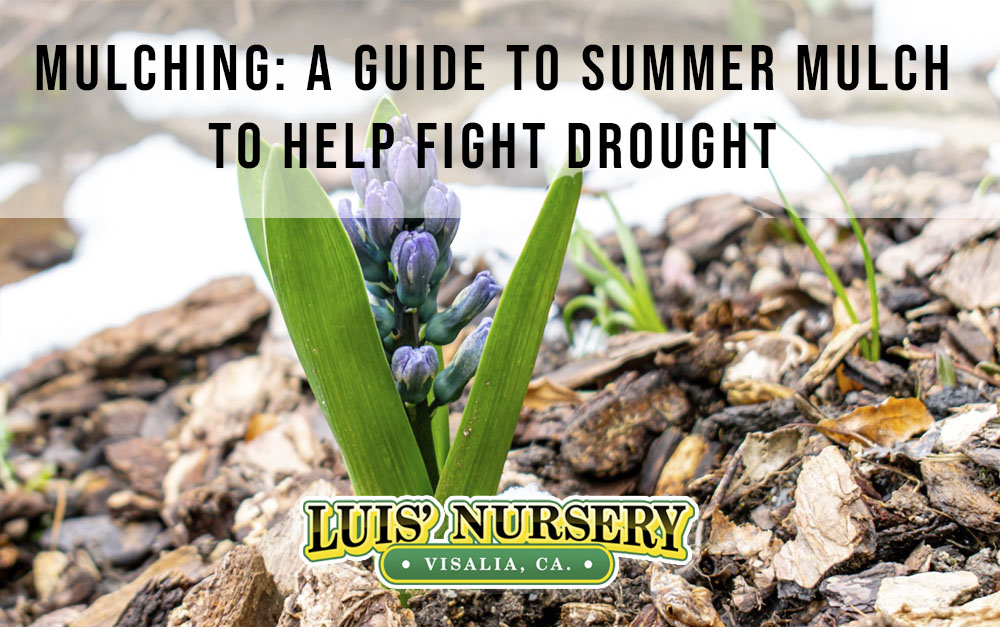We are once again facing a drought this summer, but we won’t let it rob us of the joy of gardening. One way that you can give your garden a leg up is by using mulch to improve water movement into the soil surface. Mulch slows the velocity of overland water flow helps absorption of precipitation, while protecting soil aggregates. This helps to prevent runoff, and water waste. Not having a top layer of mulch would also leave the soil more vulnerable to erosion.
When you mulch in the summer it helps you to cut down weeds, slows the loss of moisture from evaporation and helps keep the soil temperatures from fluctuating too much. Mulching too early in the spring presents the danger of spreading mildew and fungus. It’s best to do some homework before you choose a mulch, because some mulches have drawbacks compared to others.
Mulch examples:
Leaves:
Using rotted leaves is great as a mulch and soil amendment. You can compost leaves after chopping them with a mower and mix in some food waste. Leaves that have decomposed all winter provide an excellent mulch. Heads up though, avoid black walnut leaves if you don’t like toxic chemicals in your plants.
Salt Hay:
Salt hay helps to prevent mud on your garden paths and rows. It is made up of grasses from salt marshes. These do not rot or mat as quickly as straw and don’t have the danger of the invasive seeds that feed hay has.
Newspaper:
Tenting newspaper over your crops can help protect them from glaring sun. Newspaper mulch regulates soil temps, conserves moisture and adds fertility to your soil.
Grass Clippings:
If you have a lawn that you have to mow anyway, you might as well repurpose the grass clippings rather than fill up your yard waste bin. Grass clippings are great for herb and veggie gardens and as they decompose, they increase the organic matter in the soil for future planting.
Pine Needles/Straw:
If you enjoy a more natural look, you can use long-leaf pine needles as mulch. These reddish-brown strands create a natural forest floor look and are well-loved by acid-loving trees, perennials and shrubs.
Hazelnut Hulls:
Hulls from hazelnuts provide a great mulch that won’t stick to your shoes and allow the water to flow through easily.
Cocoa Hulls:
This one is a little scarier to use, because it’s extremely toxic to dogs. If you don’t have that concern, cocoa hulls smell delicious as they decompose and provide a rich brown hue that can be a colorful contrast to your garden. Another concern is that it can create mold in wetter areas, but that isn’t really something we have to work about here in Visalia! We would just worry about furry visitors.
Wood Chips/Sawdust:
Wood mulch will over time build up your garden soil. At first it can potentially lower soil fertility, but its long-term benefits outweigh that risk.
Spreading a 2-to-3-inch layer of the mulch of your choice over soil and around shrubs, trees and perennials can drastically improve the effectiveness of limited watering during drought season. The choice of mulch is up to you, so do your homework and we would be happy to answer any questions that you might have.



